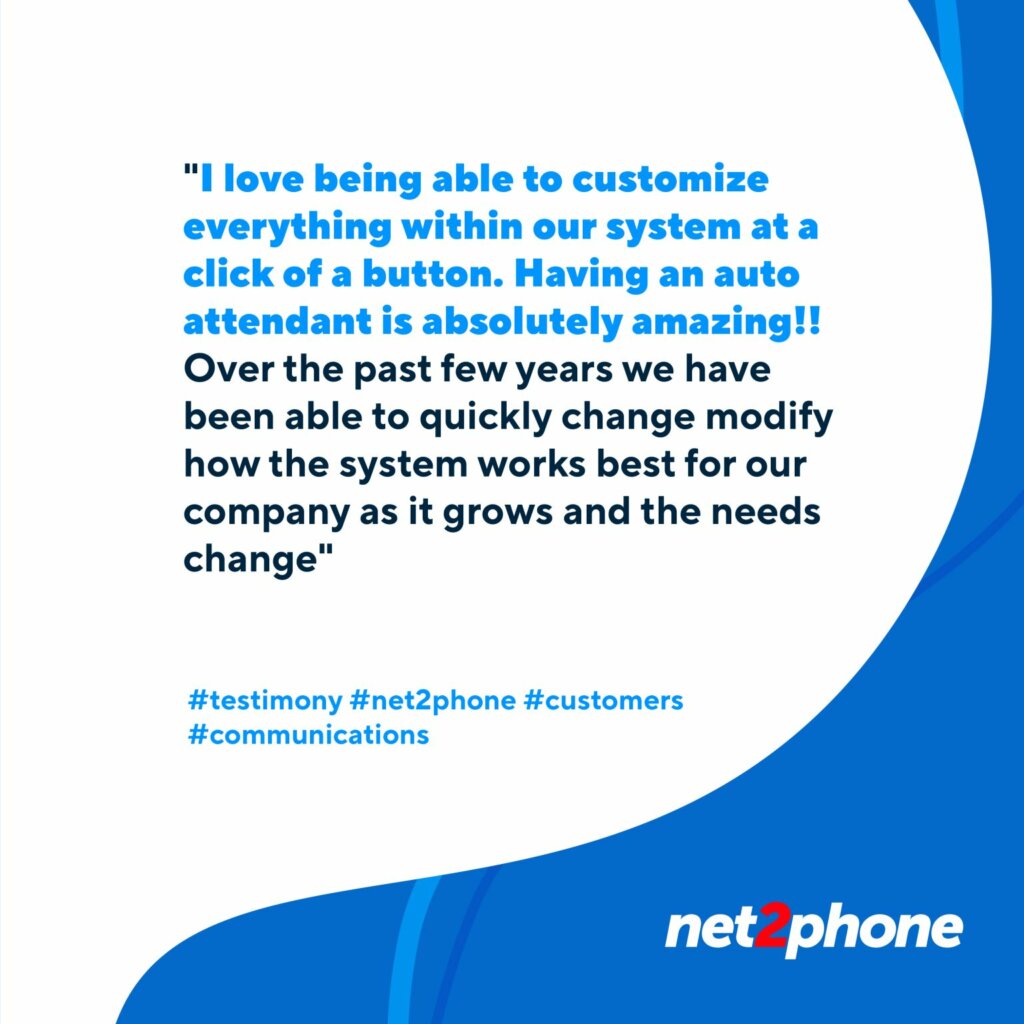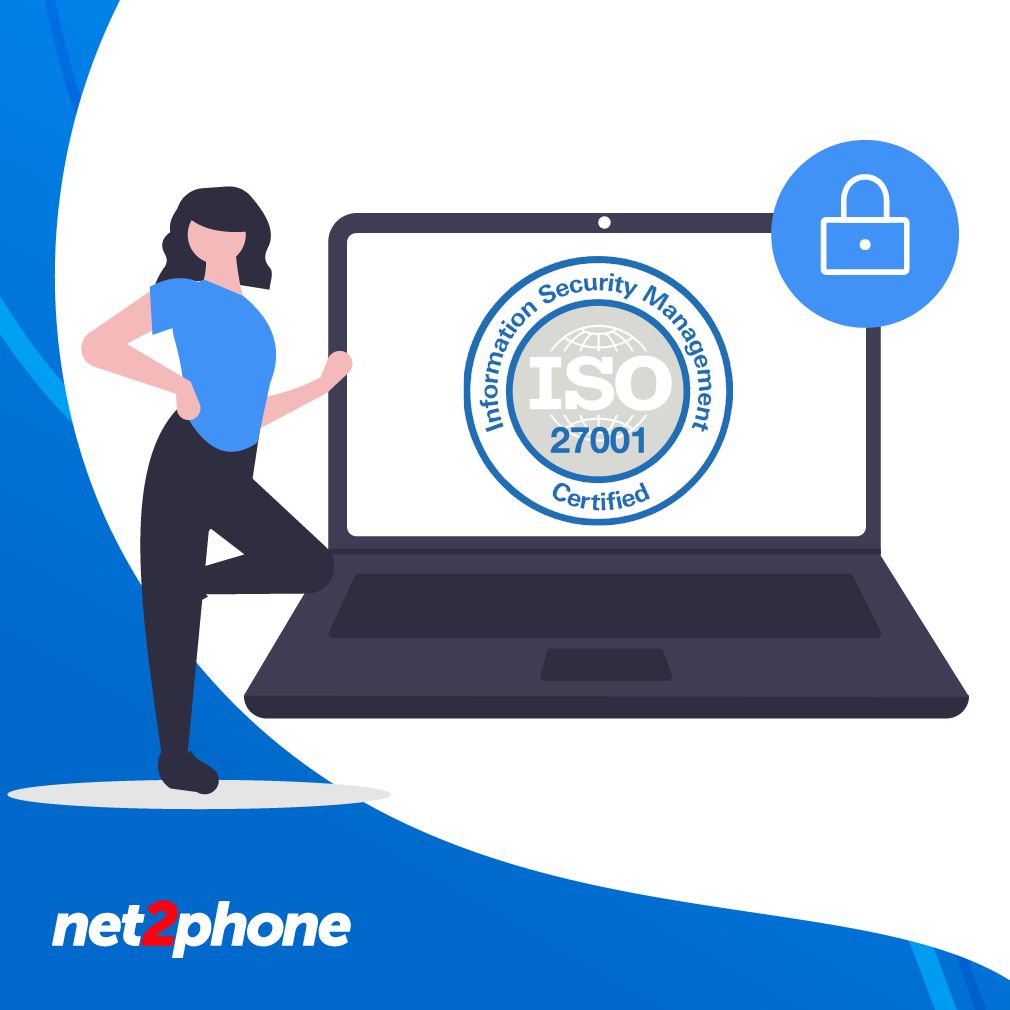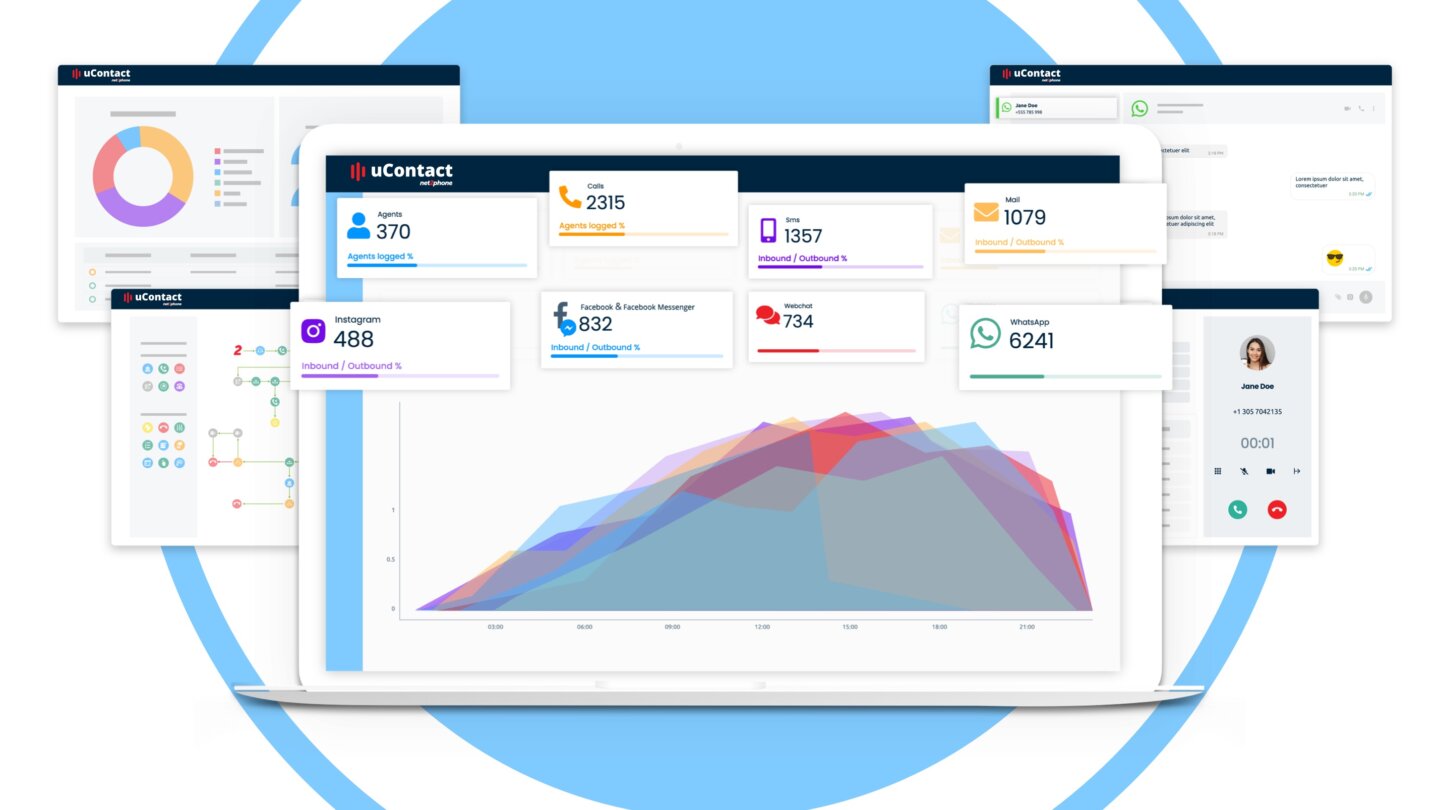The Digital-First Approach to Contact Center Communications
Customers who enjoy every interaction with a brand are more likely to buy from the same company again and have the potential, at least, to become brand advocates. To get to that point, it’s important that high-quality interactions happen every time there’s communication. Companies have to ensure each element of communications is squared away to improve the business-to-customer relationship. Let’s start with the basics.
Platform: ready for launch
The basis for any communications platform running a contact center or customer support facility has to be solid, secure (in cybersecurity terms), and supremely reliable. For this reason, most companies are now using cloud contact center solutions as their preferred means of delivering quality customer experiences. Cloud platforms are not only protected by multiple failover systems that ensure they’re “always on,” but can also be scaled up or down to correspond with busy or quiet periods.
Technologies like VoIP (the digital phone lines businesses have used for decades) are now mature and form the bedrock of most communication platforms. Video calls, for instance, use similar technology as VoIP in that real-time data is encapsulated in digital packets and sent & received simultaneously. The latest generations of CCaaS platforms (contact center as a service) offer high-quality voice and video communications as the basis for multi-channel customer service functions. Get those basics right, and the rest will follow.
The right range of choices
There are very few companies that deal with only one demographic of customers. Most have to cater to several tastes in communications, so companies must offer a few different ways to contact them. Older people tend to prefer voice communications or, on occasion, email. Younger customers can be said to prefer messaging via text and, often, a social media-like experience. Too many options can lead to contact center agents being spread too thinly across multiple channels, but regardless of numbers of channels, ensuring channels come together on the agent’s dashboard (see below) is of paramount importance.
In a bid to offer new communications channels to their customer base, many companies skimp on the integration of new technology into their CCaaS platform. As a result, agents find themselves moving between platforms during live interactions, and customers get frustrated when they have to repeat personal and issue details to different operators on different platforms.

Source: Net2Phone, LinkedIn
The employee experience
In the last few years, the growth of new communication channels has highlighted how important it is for customer care agents to have a unified virtual “workspace.” Employees who have to wrestle with several online platforms to achieve even the basics of customer care are not only being forced to underperform, but their frustration too will reflect in customer interactions.
Getting a single dashboard where every contact can take place seamlessly is “table stakes” for the contact center operator today. In addition to providing better CX (customer experience), an efficient and well-equipped workforce can work remotely just as easily as they would when on-premise. When staff churn in contact centers is high, keeping trained staff happy (and, therefore, the company’s customers happy) makes a significant difference in how well the business performs.
Security and reliability
When companies look to modernize their contact center function, there are some mandatory choices. Those choices revolve around personal security and system security. For customers to properly engage with a brand, they need to feel that their personal details are safe and are being respected. Contact center agents should be able to connect with their virtualized working environment from anywhere and do so securely without fear of data loss.
Furthermore, national legislation now means data security and data sovereignty (where information is physically located) are as important as data encryption and backup. Cloud-based contact center solutions can ensure that its users are compliant with relevant governance, removing the burden on statutory compliance from their customers.

Source: LinkedIn, Net2Phone
Fitting right in
Every company, regardless of size, will already use dozens of IT systems daily. There may be discrete software and systems for different business functions: Sales, HR, Finance, supply chain, etc. But while each specialist system (or “point product”) has a limited scope, it’s imperative that every system can interact with the others.
Pulling together data from a CRM system and a contact center platform makes perfect sense, and Finance systems’ integration with CCaaS removes the need for double data entry and manual processes in the contact center and finance offices. In brief, data mustn’t exist in discrete silos: information is, in 2023, the lifeblood of every organization and it has to be available everywhere, seamlessly.
Conclusions
It would be an understandable assumption that as a company grows, it will struggle to maintain a personalized relationship with every customer. But that doesn’t need to be the case with scalable, cloud-based contact center platforms. With integrated data systems and a unified working environment for agents, every interaction can be smooth, helpful, reliable, and secure.
When your organization considers upgrading its contact center facilities, look to the cloud for experienced vendors that have lived and breathed communications technology for decades.









